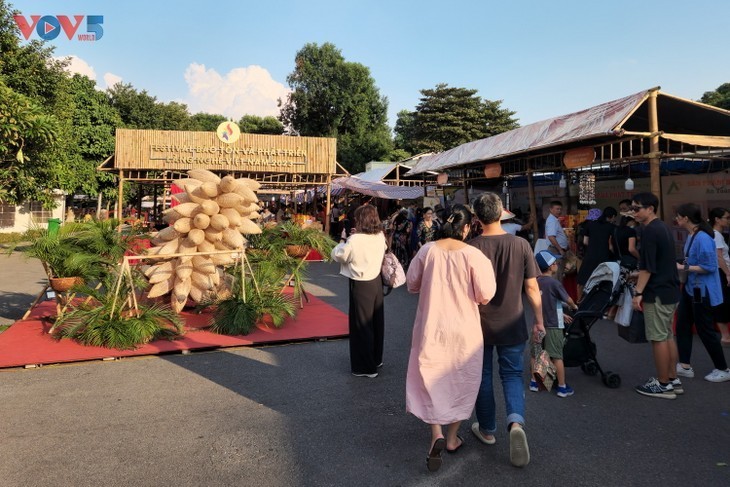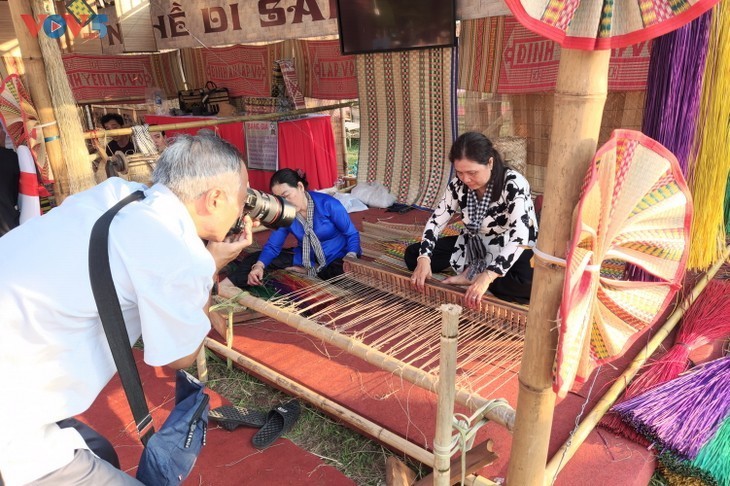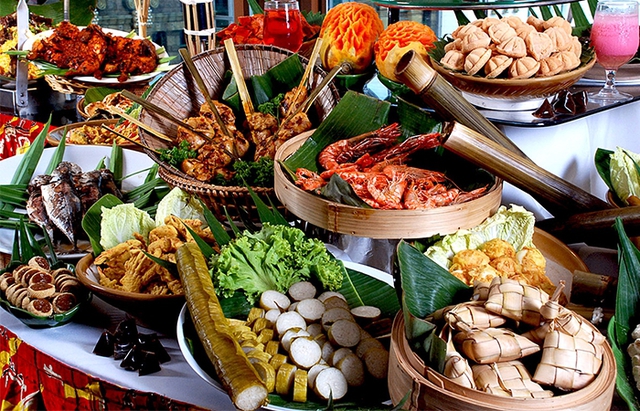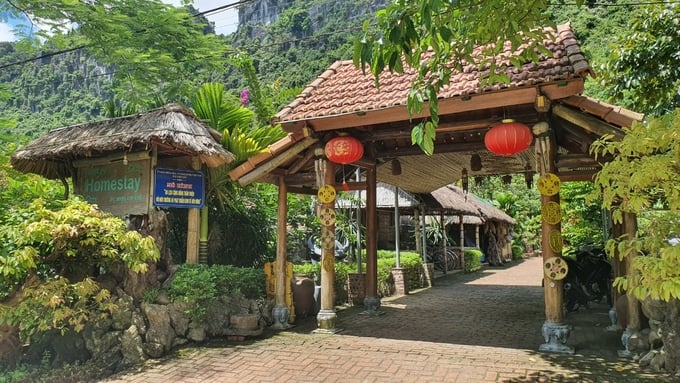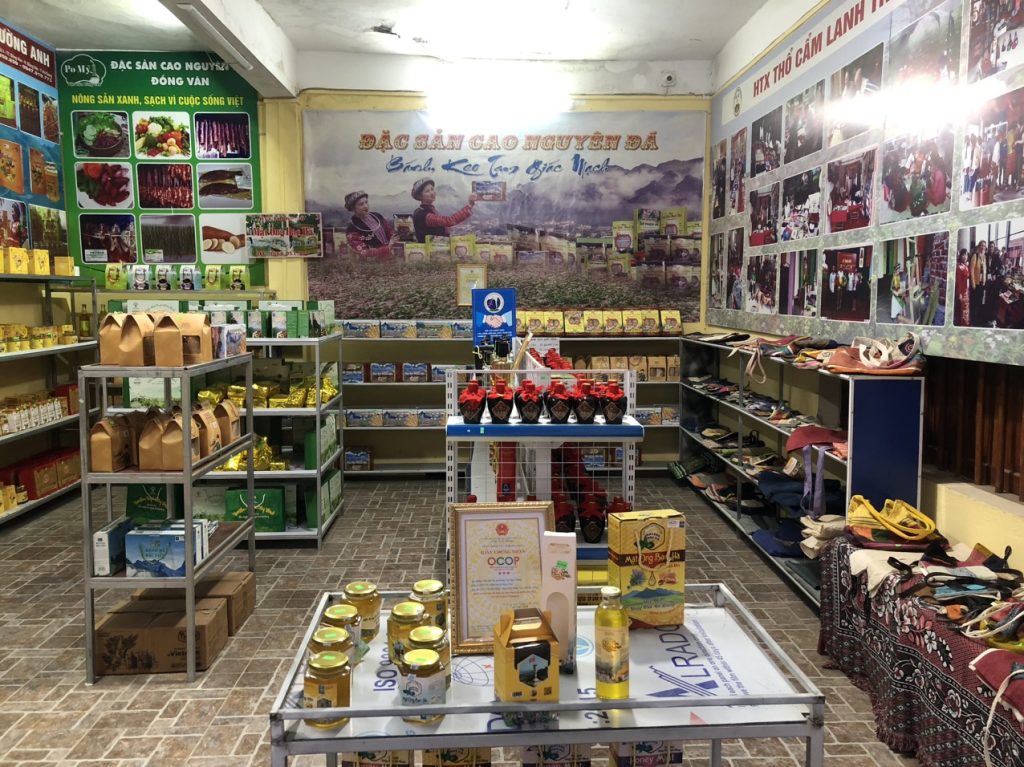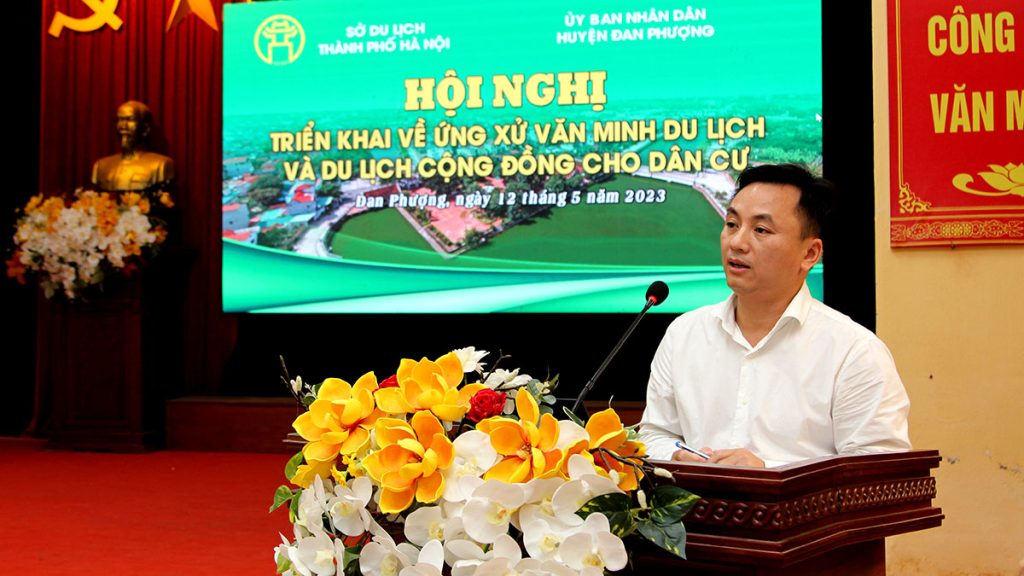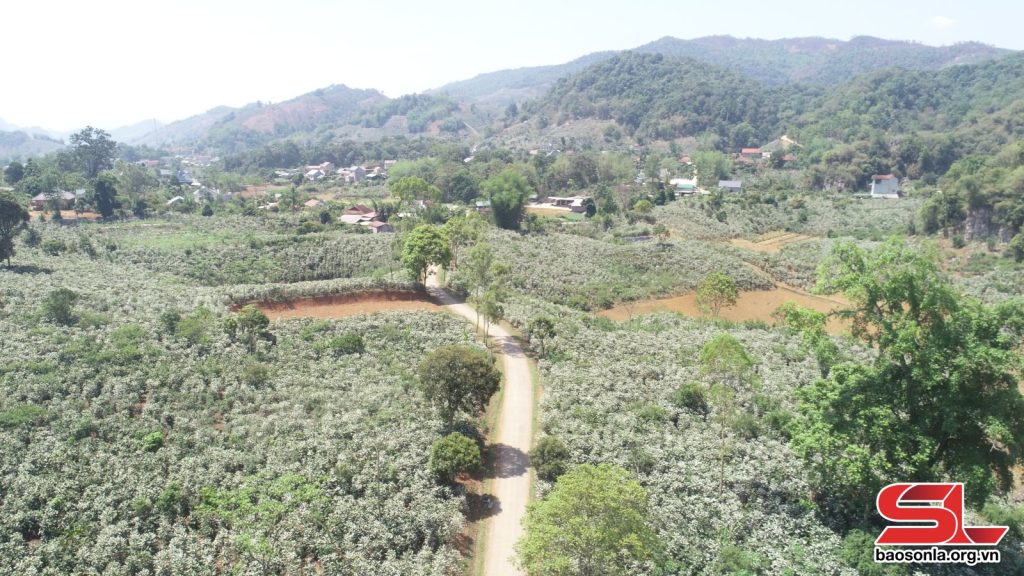Wooden, rattan, and bamboo products by Hanoi’s craft villages (Photo: Duc Anh/VOV5)
There are 1,350 craft villages and villages with a trade in Hanoi, 318 of which are recognized municipally and nationally. They focus on agro-forestry-fishery processing and preservation, handicrafts, materials processing for rural occupations, production of wooden, rattan, and bamboo goods, pottery, glassware, textiles, embroidery, small-scale mechanical production, ornamental creature farming, and services for production and rural life.
Ta Van Tuong, Deputy Director of the Hanoi Department of Agriculture and Rural Development, said: “In its long history, Hanoi has been the birthplace of many valuable trades, passed down from generations to generations. Our craft villages are the keepers of our traditions, culture, and national identity. Many new craft villages have also prospered.”
Vietnam Craft Village Conservation and Development Festival 2023 (Photo: Duc Anh/VOV5)
Each craft village in Hanoi carries its own identity, exemplified by its unique and exquisite products, filled with Vietnam’s cultural identity. Craft villages’ products are high-quality and vary in types and designs. Several of them have proven to be competitive in both domestic and foreign markets, such as textiles, pottery, traditional embroidery, wooden goods for consumption and construction.
The preservation and development of these craft villages, and improving their products’ competitiveness on the market, have been a focus for the Hanoi People’s Committee. The city has frequently held trade events, fairs, promotion weeks, competitions, and festivals to honor craft villages’ products. Notable ones include the “Quintessence of craft villages, Hanoi OCOP products 2023” program, held in conjunction with the 4th Phu Xuyen Craft Village Festival, Vietnam Craft Village Conservation and Development Festival 2023, and the Hanoi Tourism Gift Festival 2023.
Le Van Binh, Chairman of Phu Xuyen district People’s Committee, said: “Phu Xuyen is full of potential with 154 craft villages, including 43 craft villages recognized by the city. We have held festivals to honor these villages and their products, preserve, and promote their identities. We have also worked to boost their socio-economic development in general and craft villages’ tourism and production in particular.”
Tourists at the promotion event are excited to experience the making of handicraft products. (Photo: Duc Anh/VOV5)
Craft village promotion events held by the city have encouraged and created an environment for skilled craftsmen and artisans to learn from one another to preserve their villages’ unique culture and develop new ideas for products that meet the market’s demands. Competitions to design the packaging of the typical products of Hanoi, in particular, have promoted creativity based on local culture, people, and history.
Dang Van Tien of Xuan La village, which specializes in To He figurines making, said: “At the event, we want to encourage handicraft villages and their artisans to introduce and promote products of the best quality and design.”
The city has adopted policies to help rural businesses develop, approved projects to boost craft villages and assigned local departments and sectors to implement these projects. From 2022-2025, Hanoi has been focusing on developing One Commune, One Product (OCOP) products in craft villages, as well as restructuring the OCOP program to accelerate the industrialization and modernization of agriculture and rural areas, improving production across the value chain, in line with developing tourism and services, and protecting the ecosystem.
To this end, Hanoi has taken measures, including boosting trade promotion of craft villages’ products, supporting craft villages in creating their brand identity and websites, integrating the preservation and development of craft villages with tourism development programs to attract tourists at home and abroad.
Ta Van Tuong, Deputy Director of the Hanoi Department of Agriculture and Rural Development, again: “Attracting tourists to craft villages is a necessary direction and the city will have solutions for artisans to do so. For example, for villages specializing in shoemaking, we can develop exhibition spaces and invite one best artisan, who is fast and can take measurements for tourists on site. Then we can print the product’s logo on the shoes we give them.”
The natural and social environment of craft villages, the soul of craftsmen, and the creativity of the entire society, are imprinted on each of their handicraft products. Along with the city’s development, craft villages’ traditional cultural values will continue to be preserved and passed down to the next generations. The villages’ potential are promoted by their own artisans, thereby contributing, in no small part, to the socio-economic development of Hanoi.
VOV5-https://vovworld.vn/


